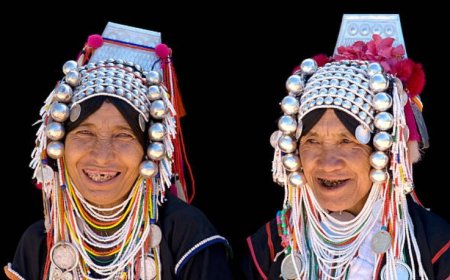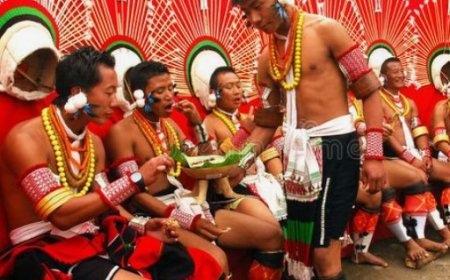Bihar's Tribal Tapestry: Unveiling the Cultural Treasures of Five Major Tribes
A Journey Through Traditions, Languages, and Customs of Bihar's Indigenous Communities

**Bihar's Five Principal Tribes: An Exploration of Depth and Cultural Traditions**
Eastern India's Bihar state is well known for its varied tribal communities and rich cultural legacy. These tribes have contributed to the vibrant cultural tapestry of the state for centuries by maintaining their distinctive customs, traditions, and languages. The top five tribes in Bihar are as follows:
1. Santals: Santals make up about 5% of the total population of Bihar, making them the state's largest tribe. They are mostly located on the Chotanagpur plateau's hilly areas. The Santal people are well-known for their colorful culture, which includes festivals, music, and traditional dances, as well as their unique language, Santali.

2. The Mundas:
Another well-known tribe in Bihar is the Mundas, who are primarily found in the Munda Plateau. They are renowned for having a strong sense of belonging to the land and a strong sense of community. The Munda people have a long history of farming and handicrafts.

3.Oraons: The Chotanagpur plateau and its environs are home to the Oraon tribe. They are well-known for their peculiar dance, the Oraon Jhumri, as well as their distinctive language, Kurukh.

4.Hos: The Hos are a tribe that primarily resides in the Kolhan region of Bihar. They are known for their distinctive language, Ho, and their traditional occupations, which include agriculture, fishing, and hunting.

5.Kharias: The Kharias are a tribe that inhabits the Chotanagpur plateau and the surrounding areas. They are known for their unique customs, including their traditional dance, the Kharia Mahua dance, and their distinctive language, Kharia.

Only a small portion of the rich tribal diversity in Bihar is represented by these five tribes. Every tribe adds to the state's cultural mosaic with its own distinct identity, culture, and customs. It is crucial to comprehend and value these tribal cultures in order to protect Bihar's rich cultural legacy and promote inclusivity and unity.










































































































































































































